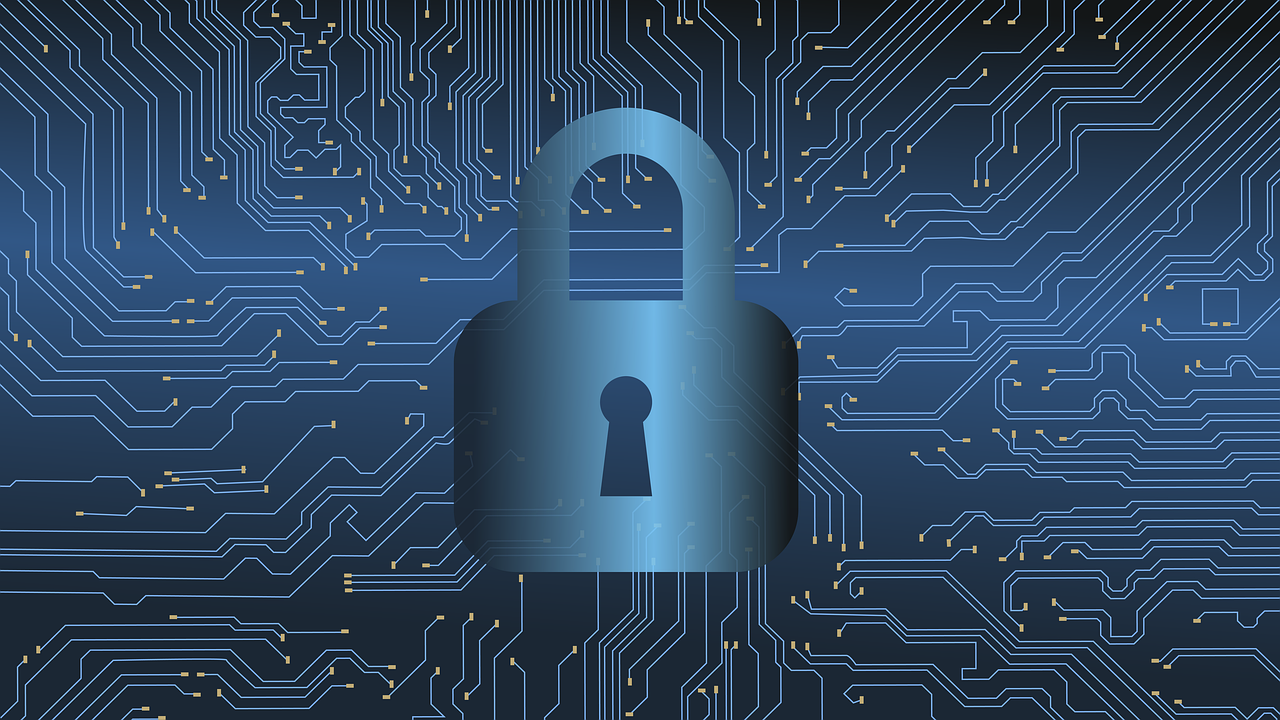· cybersecurity · 4 min read
What Is Defense in Depth – Benefits of Layered Security
Defense in depth is a layered security strategy designed to protect against cyber threats by implementing multiple security measures. This approach minimizes the impact of breaches, safeguarding assets through physical, network, and administrative controls, along with advanced techniques like behavioral analytics. By combining these layers, organizations enhance their overall cybersecurity posture.

Defense-in-depth is a multifaceted security strategy that is designed to safeguard an organization’s assets through the use of multiple protective layers. This approach operates on the principle that if one defensive measure is compromised, others will be in place to mitigate the threat. It recognizes vulnerabilities not only in technological systems but also in human factors, as mistakes or negligence by individuals can lead to security breaches.
Defense in depth employs a broad array of security measures in response to the escalating scale and complexity of cyber threats. This strategy includes both traditional tools like antivirus software, firewalls, and virtual private networks (VPNs), and more advanced techniques such as machine learning for detecting unusual behaviours in users and endpoints. The purpose of integrating this strategy in cybersecurity framework is not only to prevent cyber incidents but also to minimize damage if an attack is already underway.
The concept of defense in depth can be compared to the layers of security used in physical environments, such as office buildings. Multiple security measures, such as key cards, security guards, cameras, and two-factor authentication, work together to create a comprehensive security system. Similarly, in cybersecurity, each layer of defense plays an important role in protecting against potential threats.
Adapting to a Changing Work and Threat Landscape
The importance of defense in depth has grown with the rise of remote work and the increasing reliance on cloud-based services. As more employees work from home, the security risks associated with the use of personal devices and unsecured home networks have become more pronounced. There is a shift towards cloud-hosted Software-as-a-Service (SaaS) applications among organisations, which has also introduced new challenges in protecting sensitive data.
How Does Defense in Depth Help?
Organizations often face several challenges when implementing a cybersecurity strategy, including outdated anti-malware software, untrained employees susceptible to phishing, neglected software patches, and poorly enforced security policies. Addressing these issues requires a robust defense-in-depth approach that will ensure that if one security measure fails, others will act effectively. Organizations can better protect themselves from vulnerabilities by implementing a well-rounded defense-in-depth strategy.
A multi-layered security system, referred to as defense-in-depth, utilizes various security measures working together to protect against cyber threats. Here are some essential components:
- Physical security: Restricting physical access to sensitive areas or devices using key cards, fingerprint scanners, or other biometric controls.
- Network security: Implementing firewalls, intrusion detection systems, and access controls to safeguard the network and prevent unauthorized access.
- Administrative controls: Enforcing policies, procedures, and user access management to regulate user behavior and limit access to sensitive information or systems.
- Antivirus and anti-malware: Deploying software solutions to detect and eliminate malicious code, viruses, and other threats.
- Behavioral analytics: Leveraging machine learning algorithms to identify unusual patterns or behaviors indicative of potential security breaches.
By layering and duplicating security processes, the likelihood of a breach can be minimized. A single layer of security or a single point product (e.g., a firewall) does not provide enough security to protect the enterprise from the increasing sophistication of today’s cyber criminals.
For example, if a hacker infiltrates an organization’s network, defense in depth gives administrators time to launch measures to counter the attack. Antivirus software and firewalls should be in place to block further entry, protecting the organization’s applications and data from compromise.
It may appear as a mere redundant wasteful exercise, at first glance. However, a defense-in-depth strategy prevents threats because when one security product fails, another security product is ready to take over.
Through the Defense in Depth (DiD) approach, organizations prioritize controls that restrict unauthorized system access, encompassing administrative, technical, and physical measures. Regrettably, DiD has been misused, leading to an overreliance on technology and security controls as a reactive measure, often referred to as “Expense in Depth.” Zero Trust (ZT) revitalizes the core principles of DiD, adopting a more strategic approach that empowers security professionals to streamline security controls by utilizing advancements that integrate multiple security functions into a single platform, simplifying deployment. Opsfolio has a team that understands Defence-in-depth and Zero Trust approaches. Organizations seeking guidance on their cybersecurity strategy and technology choices, reach out with your inquiries, or schedule a guidance session with us.





